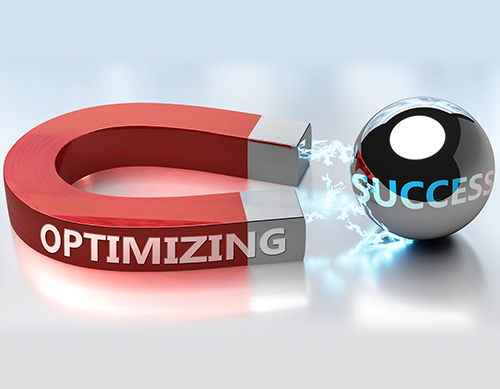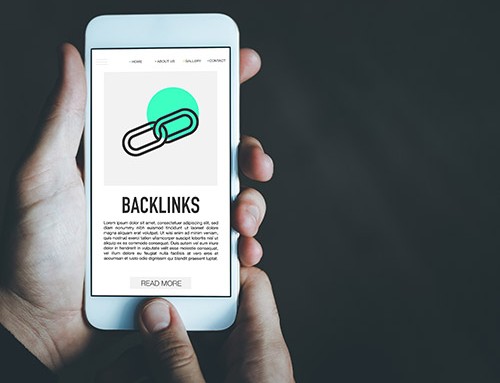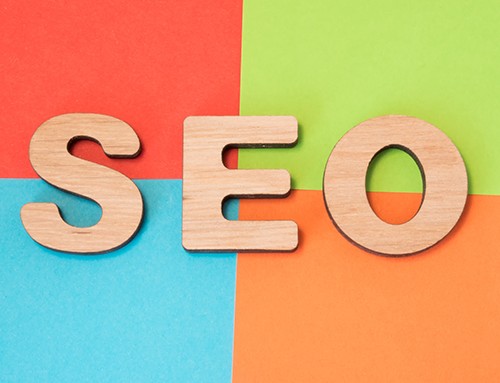There is so much more to an image on a website than a pretty picture. The image should grab attention, please your viewers as well as inform them what your content is about. That sounds like a lot, right? It gets better… your image should be optimized BEHIND THE SCENES. Optimizing images is a necessity for both your customers AND search engines.
The majority of content creators use images from stock photography sites. There is nothing wrong with that – it actually simplifies the process. You select an image, download it, and upload it to your site. Looks great! Unfortunately, you’re not optimizing the image and you might be creating more harm than good.
Let’s fix that.
1. Select the Correct Format
There are two types of format that we recommend when adding images to your website. They are the most common and the most effective: PNG and JPEG.
- PNG: Makes the best quality images, however they tend to be bigger which causes loading issues.
- JPEG: Less quality than a PNG, however, you are able to adjust the quality level to meet your needs.
2. Compress Your Images
If you have ever opened a website and sat there for an eternity as the page loaded, it’s not your internet connection causing the issue. It’s a giant, uncompressed image, and it really wreaks havoc on SEO.
Search engines will place your website on the bottom of the list if your pages are filled with oversized images.
A study by HTTP Archive shows that images take up to 21% of a total webpage’s weight. That can easily be resolved if you reduce the size.
The easiest solution? Simply download the image locally from your stock photography site, optimize (resize) the image and then upload to your website. Trust me, you’ll find this simple tip SO effective without causing a ton of strife.
3. Be Original
You should get creative when it comes to optimizing images. If you’re trying to promote your web design services, don’t stick to the same images of computer screens. Your page will be redundant and it’s not aesthetically pleasing. Try to find unique, original images that can make your site stand apart from the competitors.
We find that so many web sites are bogged down with too many images, and they are all similar to each other. Spend some time searching for images that give the user a better experience, which will increase your ranking on the search engines.
4. Copyright
The Digital Millennium Copyright Act (DMCA) is something that you should become familiar with. If you post an image on your site that belongs to somebody else, they can issue a DCMA Takedown, which you must comply with to avoid legal action.
You can avoid DCMA by paying for images on stock photo sites, finding legitimate websites that offer free images, or get clever and take your own images.
5. Image File Structure
Google has Image Guidelines. It is a good idea to read them to become familiar. This particular link explains how they utilize the file path and file name to rank images.
For instance, if you have an online boutique with various products, instead of dumping all your images into a generic /library/ folder, we suggest that you create category related topics like /pets/ or /clothing/.
6. Customize Image File Names
Ok, now we’re getting deep. You have already found your images, resized it and uploaded it to your site. Now you need to begin thinking about content. Yes, that’s right. I said it. Content. When it comes to optimizing images, you need to consider names, descriptions and alt tags.
Generally speaking, most images come with a default name “IMG_7328” or something of that nature. This won’t help your SEO ranking at all. You need to change the name of your image something that is unique, descriptive and keyword rich. Before you upload it to your site.
7. Enhancing Alt-Text
Next step: Alt text. Alt Text is used to describe an image. This is used when the title of the image canot be ready by the search engine. These are a text alternative to images when a browser can’t properly render them. Similar to the title, the alt attribute is used to describe the contents of an image file.
If, for some reason, your image won’t load on your site, users will see an image box with your optimized alt tag. This is why it’s best to make sure that your text describes the image well.
Here is an example of alt text for an image of cake.
The alt text might say:
“cake”
If you were going to optimize your alt text, you might want to add some keywords and strengthen the text:
“Vanilla Birthday Cake with Buttercream Frosting”
This may seem like a lot to take in, but once you have the hang of it, optimizing your images will become second nature and your website will be climbing the ladder on the search engines in no time at all.
Contact Daruma Marketing today for SEO help and a free estimate.




